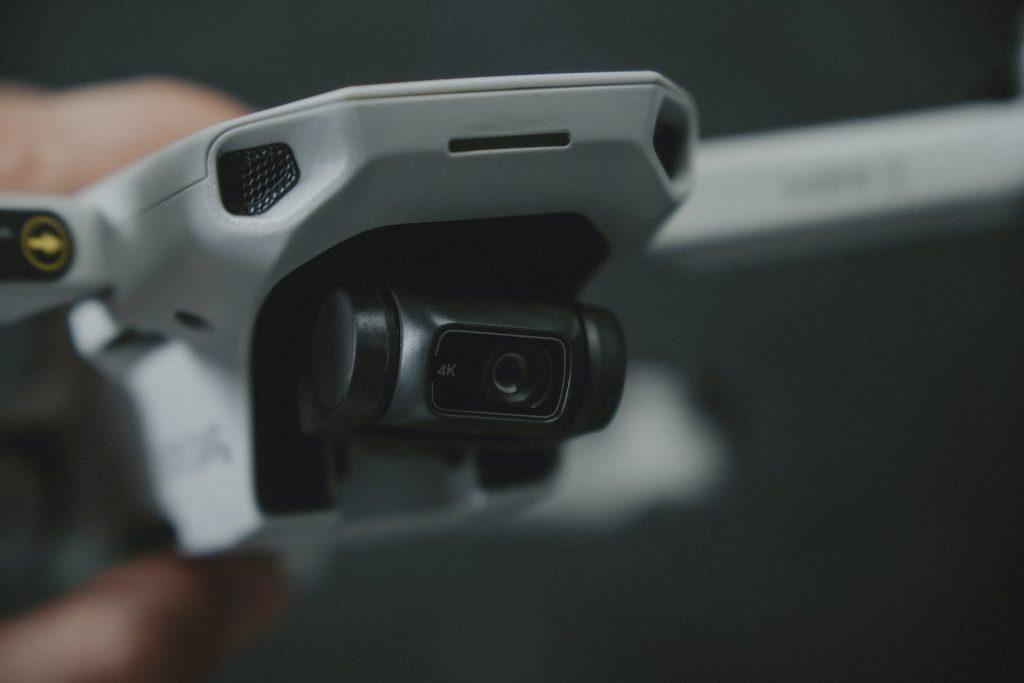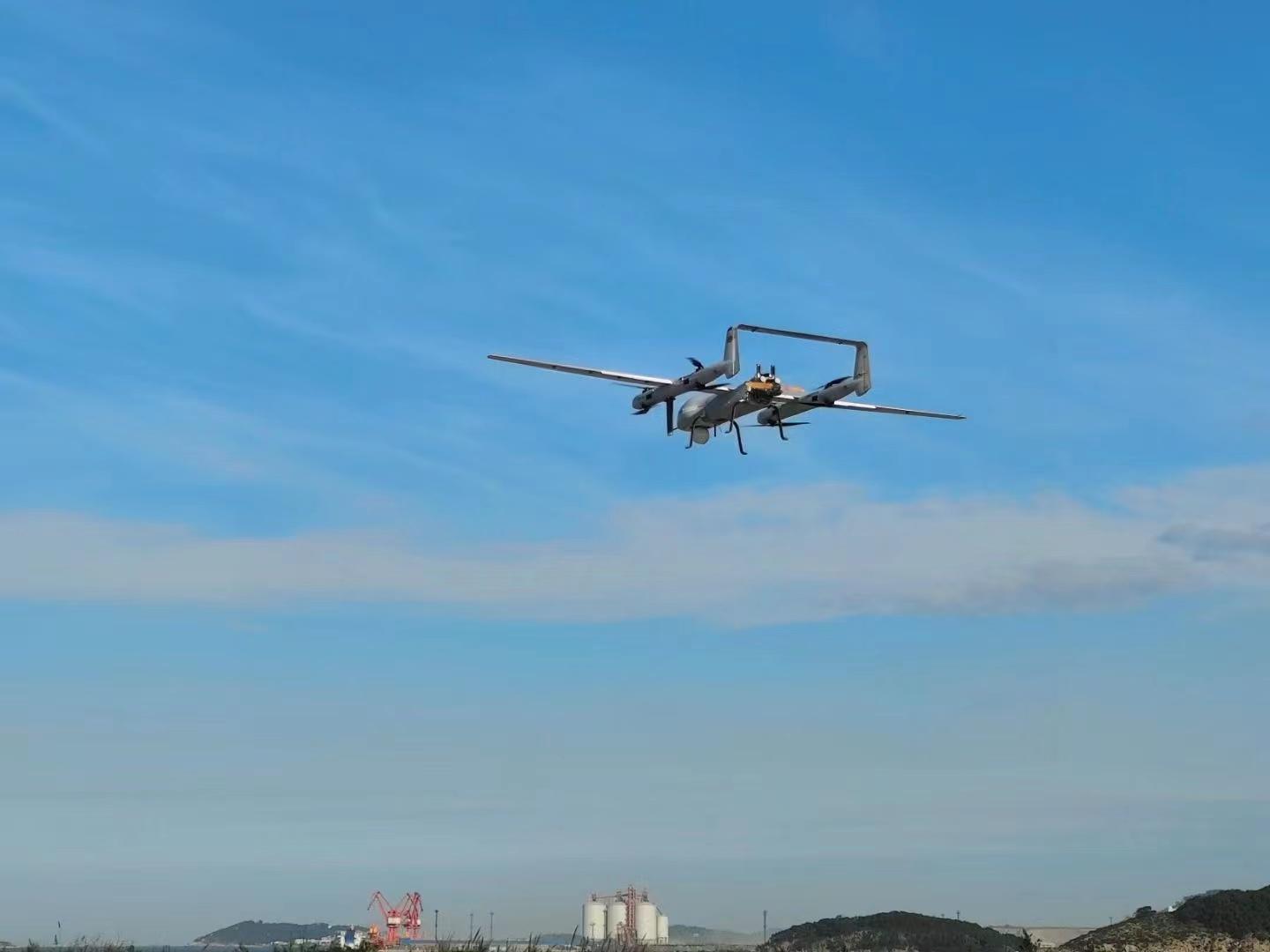
Exploring the Features and Types of Xingkai Gimbal Camera
XINGKAI Gimbal camera is a device that allows you to capture stabilized, smooth footage from your camera while moving, or mounted on Industrial Drones. Moreover the two most common types of stabilization are 3-axis and 2-axis. 3-axis stabilizers counteract all three motions: up/down, left/right, and forwards/backward.
What is a gimbal?
A gimbal camera is a device that combines a camera and a three-axis gimbal stabilizer to provide smooth and steady footage, eliminating unwanted shakes and vibrations. The gimbal stabilizer consists of motorized gimbals that work together to counteract any unwanted movement, keeping the camera level and steady. This technology enables filmmakers to capture professional-quality shots, previously only achievable with expensive and elaborate camera setups.
Types of gimbals
Brushless gimbals and Servo gimbals are the two main types of gimbal systems.
- Brushless gimbals
Firstly, Brushless gimbals use brushless motors, which operate more quickly and smoothly, producing higher-quality images.
- Servo gimbals
Servo gimbals are lighter than brushless gimbals, which may be a factor for smaller unmanned aircraft with severe payload limits, even if they offer less stabilization due to less fluid movement.
Applications for Gimbal Camera Payloads
In addition to conventional still picture and video clip recording, gimballed camera systems are utilized for various unmanned systems applications, such as aerial surveillance (ISR), mapping, and broadcasting. While some gimbal systems may be interoperable with various unmanned aircraft and not require calibration for a specific target platform, others may be designed with a specific drone in mind.
Why should You Choose Us?
- Easy Installation
A high-quality and simple-to-install component, the XINGKAI Gimbal is intended for use in commercial drones or unmanned aerial vehicles. It can be put together in land vehicles and any other vehicle, such as a VTOL, fixed-wing, multi-rotor, or helicopter.
- High-quality, robust system
A high-quality and simple-to-install component, you can intend the XINGKAI Gimbal for use in commercial drones or unmanned aerial vehicles. You can also put it together in land vehicles and any other vehicle, such as a VTOL, fixed-wing, multi-rotor, or helicopter.
- Versatility:
XINGKAI gimbal cameras are compatible with all types of vehicles, such Multi-Rotor Drones, Fixed-Wing Drones, Single-Rotor Drones, and Fixed-Wing Hybrid VTOL.
Features and Benefits:
Stability:
The primary purpose of a gimbal camera is to stabilize the camera during movements. By using advanced sensors and motors, the gimbal can react and compensate for any jerks, jolts, or shakes, resulting in silky-smooth footage. Whether it’s tracking shots, panning, or even running scenes, the gimbal camera ensures stability, giving a professional touch to every frame.
Flexibility:
Gimbal cameras offer incredible flexibility in terms of camera movement. They can easily switch between different shooting angles and perspectives, allowing filmmakers to experiment with creative shots effortlessly. With precise control over camera movements, filmmakers can achieve dynamic and immersive visuals that captivate audiences.
Portability:
Traditional camera stabilizing systems like cranes, dollies, and steady cams often require additional crew members and extensive setup time. In contrast, gimbal cameras are compact, lightweight, and portable, making them ideal for shooting in various locations and situations. Filmmakers can shoot on the move, explore tight spaces, and capture action sequences without compromising stability or image quality.
User-Friendly:
Gimbal cameras have become increasingly user-friendly thanks to technological advancements. With intuitive controls, automated features, and intelligent tracking systems, even novice filmmakers can produce professional-looking footage. Some gimbal cameras also offer smartphone integration, allowing users to control and monitor shots remotely, further expanding the possibilities.
Applications in Filmmaking:
Gimbal cameras have found applications across various genres of filmmaking:
Action Films: The smooth and stable footage of gimbal cameras makes them a perfect choice for shooting high-octane action sequences. Whether it’s chasing scenes, fight sequences, or capturing fast-paced movements, gimbal cameras excel in maintaining stability while delivering visually stunning shots.
Documentary Filmmaking:
Documentaries often require filmmakers to shoot in real-life situations where stability is crucial. Gimbal cameras enable filmmakers to capture natural and authentic footage while maintaining stability, even in unpredictable environments. They allow for smooth tracking shots while walking, running, or even while shooting from moving vehicles.
Travel Videos:
Gimbal cameras have become immensely popular among travel vloggers and content creators. The portable nature of these devices, combined with their stability, makes them ideal for capturing travel experiences, exploring new locations, and producing cinematic visuals.
Event Coverage:
Gimbal cameras are widely used in event coverage, such as weddings, sports events, and concerts. They allow videographers to navigate crowded spaces, capture key moments, and produce professional-quality videos that reflect the atmosphere and energy of the event.
OUR gimbal camera PRODUCTS
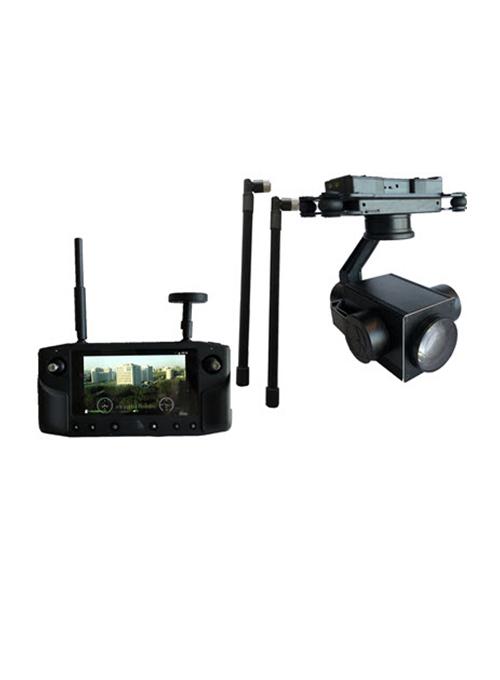
Xk-F515rs
Xk-F515rs is a UAV load system that integrates the 18x optical zoom camera and 10km wireless video and control transfer 3-axis HDMI gimbal.
Xk-F516rs
XK-F516RS is a UAV load system that integrates the 30x optical zoom camera and 10km wireless video and control transfer 3-axis HDMI gimbal.
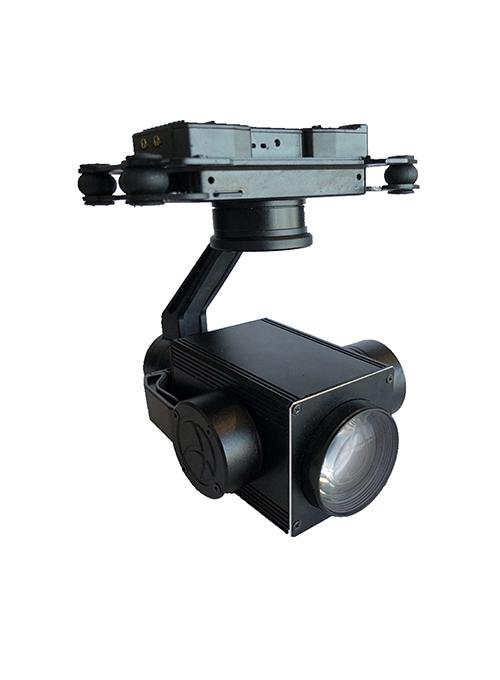
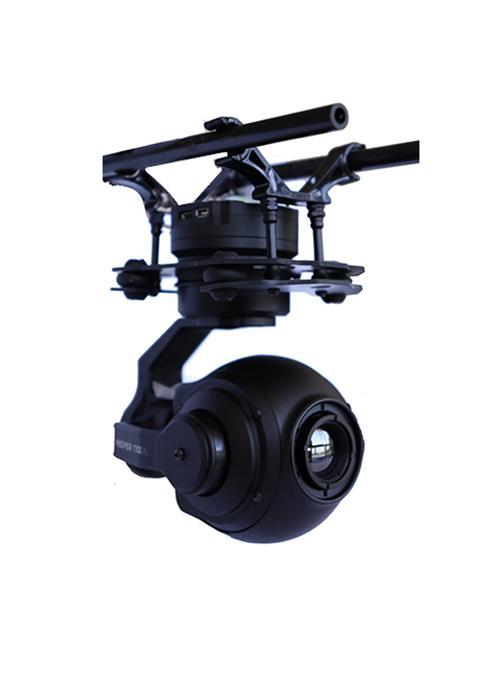
Xk-F513rs
Xk-F513rs integrates a 30x optical zoom camera, a 384*288 / 640×480 thermal imaging sensor, and a high-precision 3-axis stabilizing ball-type gimbal.
Xk-F412rs
Xk-F513rs integrates a 30x optical zoom camera, a 384*288 / 640×480 thermal imaging sensor, and a high-precision 3-axis stabilizing ball-type gimbal.
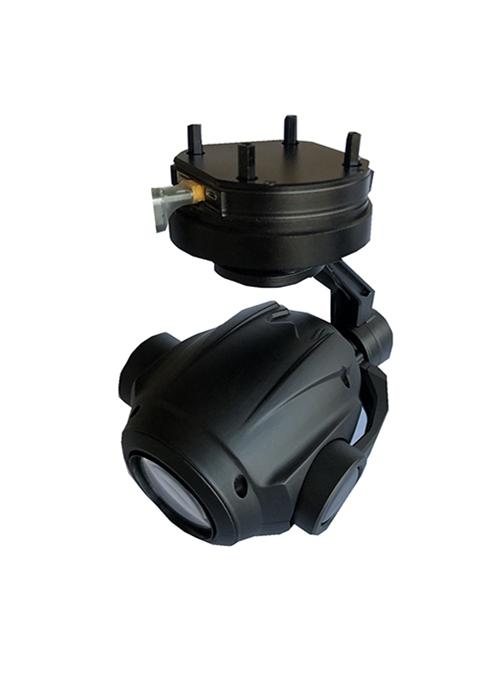
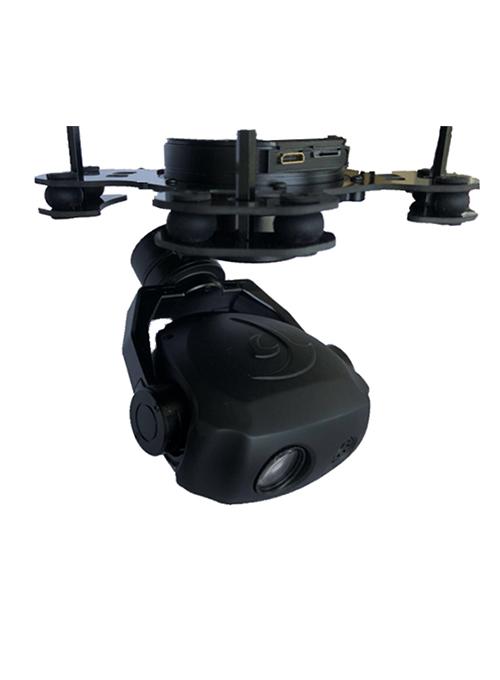
Xk-F511rs
Xk-F511rs integrates a 10x optical zoom camera, a 640×480 thermal imaging sensor, and a high-precision 3-axis stabilizing ball-type gimbal. It is an output RTSP video stream through a network port, and also supports IP control.
Xk-F510rs
Xk-F510rs is a UAV load system that integrates the 20x optical zoom camera, 3-axis starlight night vision IP gimbal. With 1080P RTSP video stream output and TF card record.
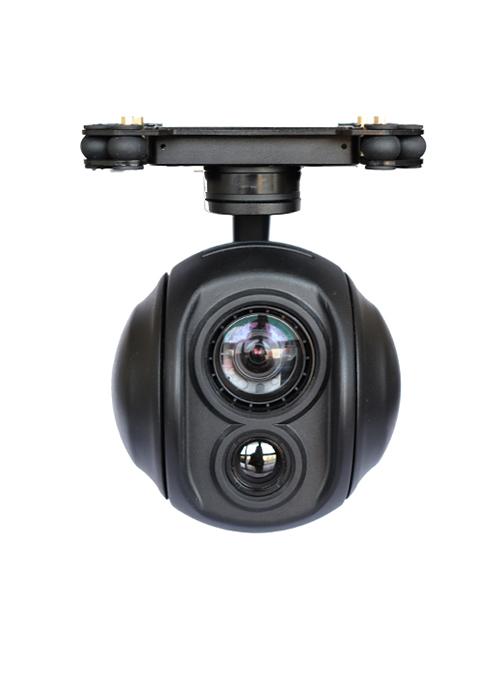
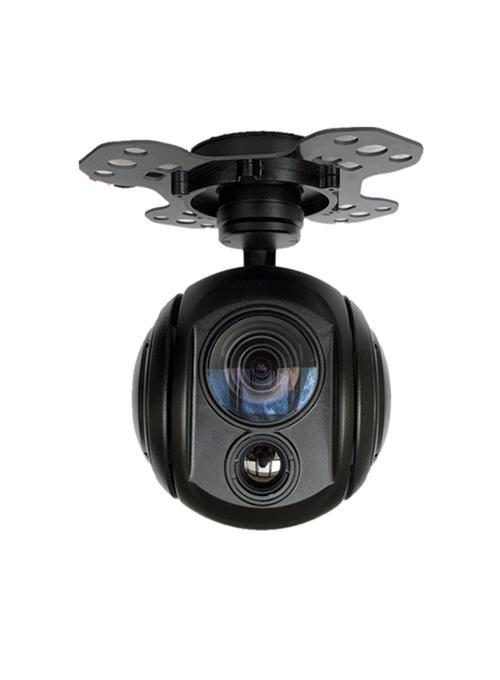
Xk-F603rs
Xk-F603rs integrates a 30x optical zoom camera, a 384*288 / 640×480 thermal imaging sensor, and a high-precision 3-axis stabilizing ball-type gimbal.
Xk-F515RS
Xk-F510rs is a UAV load system that integrates the 20x optical zoom camera, 3-axis starlight night vision IP gimbal. With 1080P RTSP video stream output and TF card record.


FPV Mini 1200TVL Camera 2.1mm CMOS 16:9/4:3 PAL/NTSC Switchable Wide Angle FPV Camera Xk-100
The XK-100 FPV camera stands out for its unique performance and features. This camera takes your FPV experience to a whole new level with its high-performance imaging technology with sensor COMS Starlight Image Sensor 6.0 pixel size and horizontal resolution up to 1200TVL.
Long Distance Mini Thermal Imager Camera Vanadium Oxide Uncooled Infrared Focal Plane Detector Night HD Video Drone FPV Camera Xk-A110
XK-110 This miniature thermal fpv camera combines cutting-edge technology with excellent design and is a highly innovative product.The core part uses vanadium oxide uncooled infrared focal plane detector, which has excellent thermal imaging performance, and can capture the temperature change of the object in real time, providing you with clear and accurate images in the dark.


FPV Mini Thermal Imager Camera Vanadium Oxide Uncooled Infrared Focal Plane Detector Night HD Video Drone Infrared Gimbal Camera Xk-A120
XK-120 This miniature fpv thermal camera combines cutting-edge technology with excellent design and is a highly innovative product. The core part uses vanadium oxide uncooled infrared focal plane detector, which has excellent thermal imaging performance, and can capture the temperature change of the object in real time, providing you with clear and accurate images in the dark.
FPV Camera 4mm Lens Thermal Imager Camera Micro Drone High Definition CMOS Camera Video for RC FPV Drone Xk-C130
The XK-C130 fpv thermal camera is small and easy to install, and the lens housing design makes it easier to install on your aircraft. Not only does it have all the features of a tiny drone camera, it also has thermal imaging to provide clear images in low-light or total darkness. The camera also comes with a lens cover that effectively protects the lens from dust and dirt.
This camera has a very high resolution, whether it is 256×192 resolution, it provides extremely high image quality.


FPV 384*288 Infrared Resolution Thermal Imaging Camera 50Hz Mini FPV Drone HD CMOS Camera Video Long Distance Transmission Xk-C131
This thermal imaging fpv camera has a very high resolution, whether it is 384×288 resolution, it provides extremely high image quality. The open-stop shutter and adjustable focus feature allow you to adjust the effect as needed to meet a variety of shooting needs. Most importantly, the output resolution is very high, the picture quality is clear, can capture every moment.
FPV Camera Infrared Resolution 640×512 Thermal Imaging Camera Mini FPV Drone HD CMOS Camera Video Long Distance Transmissio Xk-C132
This FPV camera has a very high resolution, whether it is 640×512 resolution, it provides extremely high image quality. The open-stop shutter and adjustable focus feature allow you to adjust the effect as needed to meet a variety of shooting needs. Most importantly, the output resolution is very high, the picture quality is clear, can capture every moment.

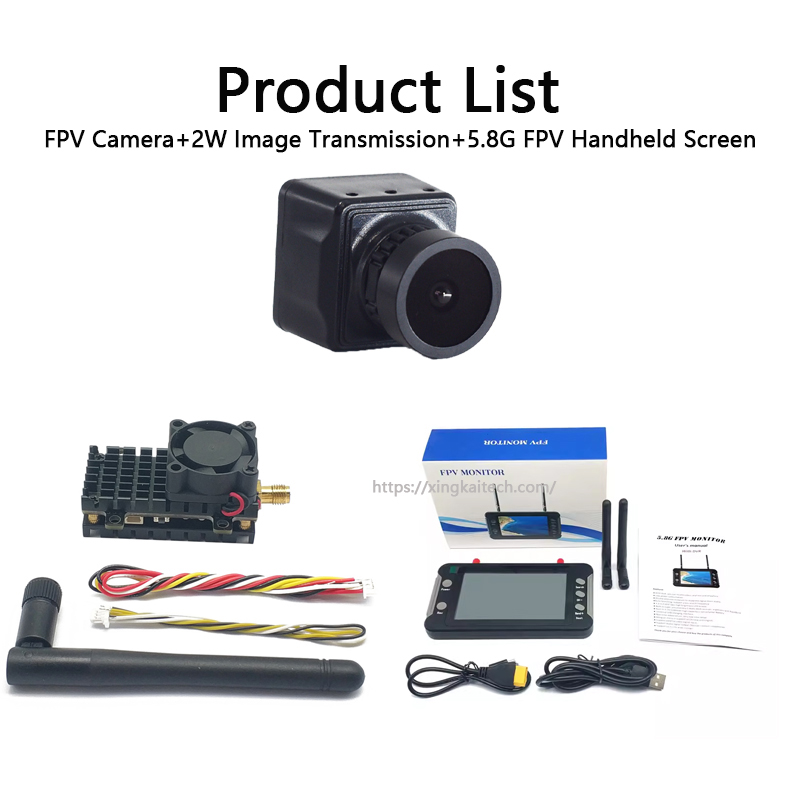
5.8Ghz 40CH 800 x 480 IPS Drone Receiver Monitor New 2W VTX Analog Transmitter with Microphone fpv 1200TVL Video Camera 2.5mm
This product combines multiple high-tech features such as FPV camera, 2W wireless image transmission, and FPV monitoring display screen. Whether in simulated flight, esports, or actual flight, it will provide you with an unparalleled visual experience. From the precise capture of high-definition cameras to seamless wireless image transmission, and to the long-lasting battery life with built-in batteries, all reflect our rigorous pursuit of product quality and deep understanding of user needs.
gimbal camera key FEATURES
